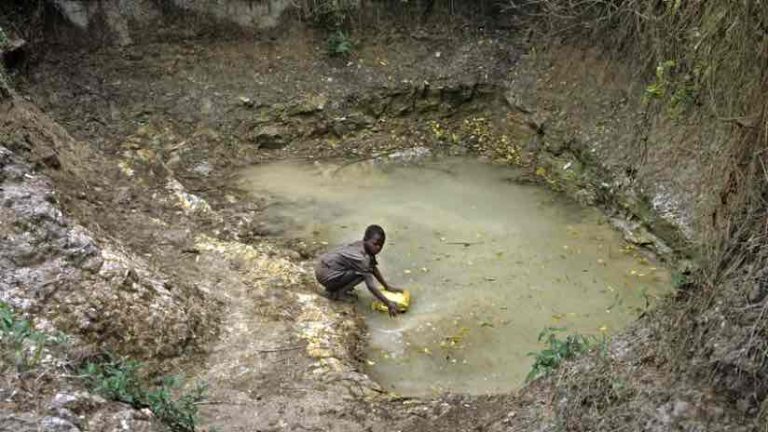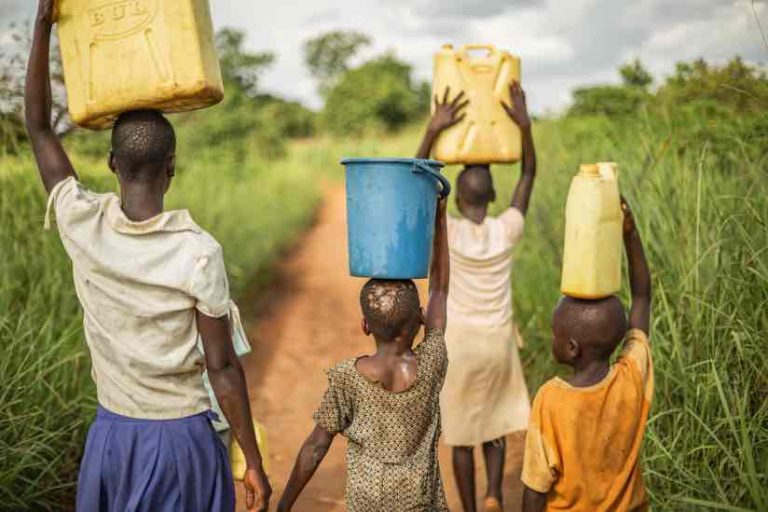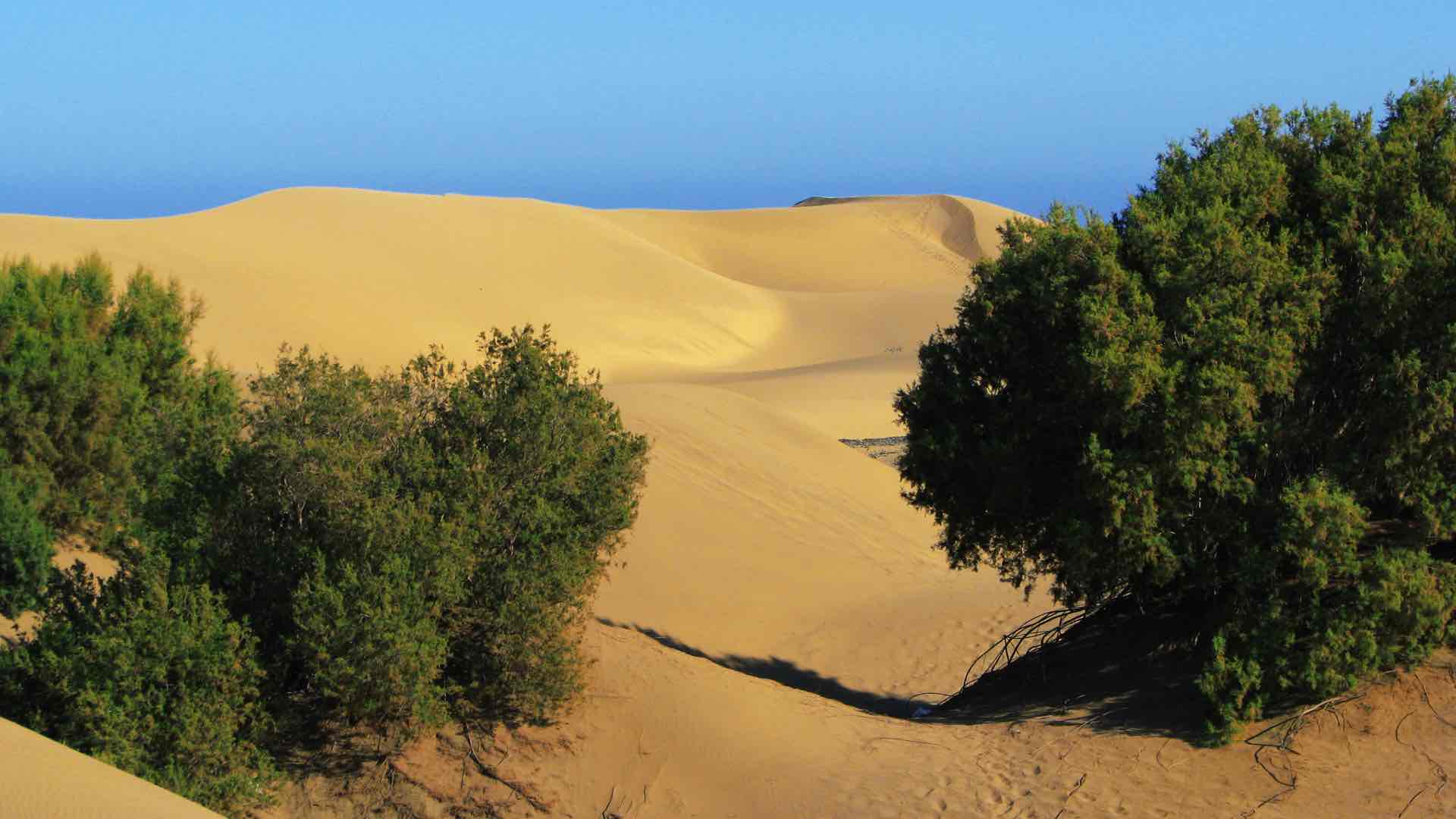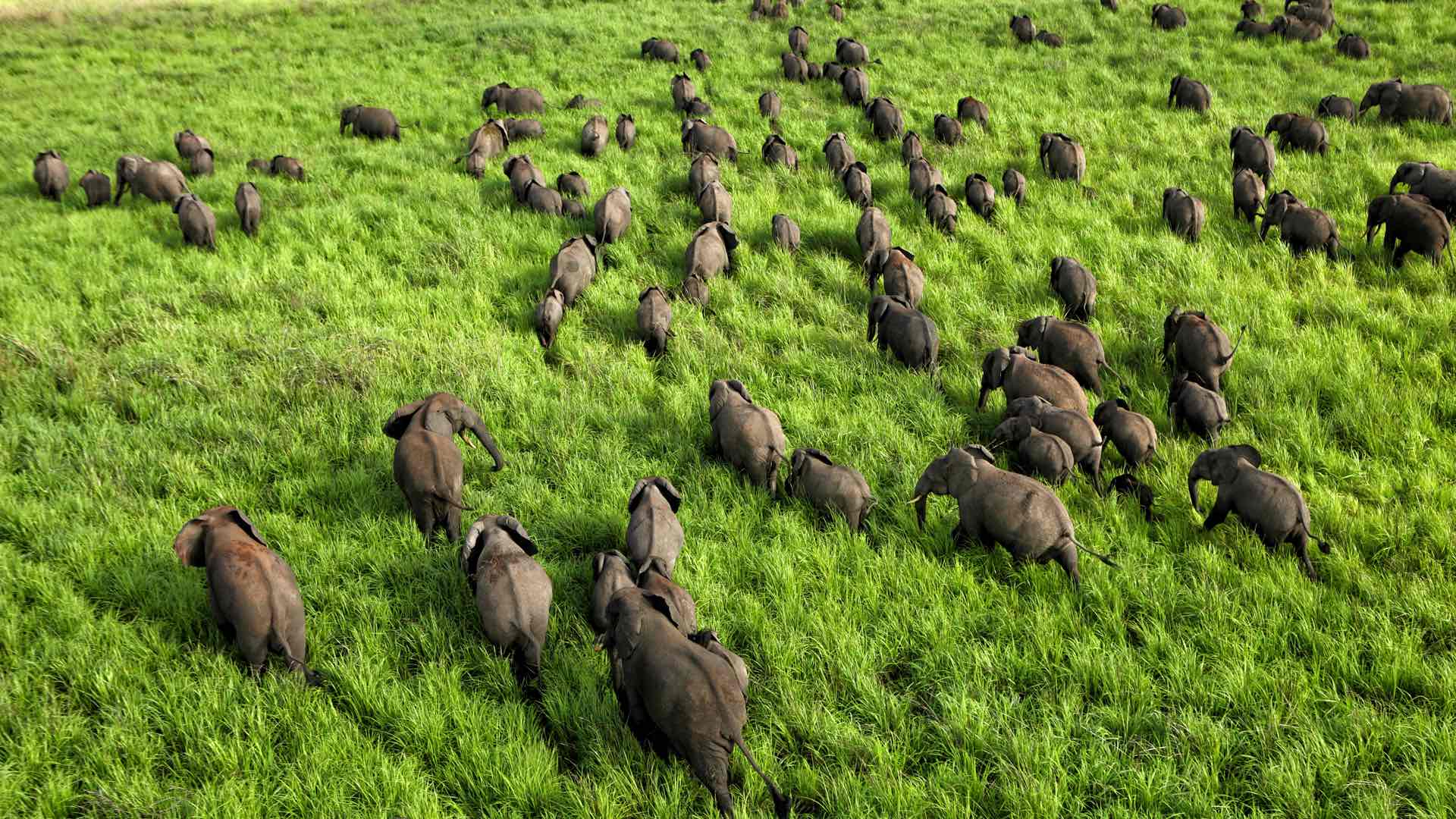

September 24, 2019

Water scarcity is reaching a new level of urgency. Climate change has created patterns of extreme deluge and drought, exacerbating already fragile conditions. One group, Global Water Challenge, is using data-driven analysis to bring relief in the form of water supply and infrastructure.
Founded in 2006, the Global Water Challenge is a coalition of leading organizations committed to achieving universal access to safe drinking water, sanitation, and hygiene. So far, through public-private partnerships, the group has reached more than 1 million people with clean water access. But, there’s much more work to do.
Many cities now plan for “Day Zero” when no water is left in reservoirs. For some, this is already a reality. In 2018, Cape Town, South Africa narrowly avoided water shut-off. In June of this year, water taps ran dry in Chennai, India, severely impacting the city’s 10.6 million residents.
“Resource scarcity hit both Cape Town and Chennai—it’s not as much about money, technology, or infrastructure—there just isn’t enough water,” said Brian Banks, director of strategic initiatives for the Global Water Challenge. “When we talk about water resources, there’s both economic scarcity and resource scarcity,”
In some regions where water is available, the infrastructure to store and deliver it is aging or lacking. Banks gives the example of a rural village in Malawi where there is “plenty of water below ground, but people don’t have the resources to extract it.”

Water as an Economic Engine
With a focus on economic scarcity, the Global Water Challenge helps millions of rural inhabitants around the world who don’t have access to clean drinking water or adequate sanitation.
“People have to walk long distances to fetch water or they use dirty surface water and get sick,” Banks said. “In a lot of cases, they pass broken pumps or infrastructure on that long walk—remnants of past projects that weren’t maintained.”
It is often children who are sent to get water and miss school to do so. Or adults, mostly women, make the journey, losing productive daytime hours.
“Water access leads to economic opportunity, education, gender equity, health, and so much more,” Banks said.
The United Nations defines basic water access as having an improved source of water within a 30-minute collection time. Recently, the organization elevated water to its Sustainable Development Goals. Succinctly stated, the goal is to “ensure availability and sustainable management of water and sanitation for all.”

Creating Shared Understanding
The lack of water, sanitation, and hygiene is one of the greatest obstacles to poverty alleviation and economic growth in many countries.
Several nonprofits, governments, and international aid organizations that work to deliver water to people in need are facing a fundamental challenge. They need to know which locations have successful projects —what has worked and continues working—and where new investments in water infrastructure will have the greatest impact.
“We launched the Water Point Data Exchange (WPDx) five years ago with the idea that we could do so much more if we had a shared understanding about water projects,” Banks said. “We have worked to create a global database of rural water services and now we’re using a geographic information system [GIS] software to pull insights out of the data to put it in the hands of decision makers.”
Through collaboration with many partners, WPDx now contains 500,000 water point records from 50 countries. Global Water Challenge has packaged WPDx data with analytical tools to aid decision making. One tool looks at broken water points, helping governments prioritize which to fix by seeing how many people would be served. Another focuses on new construction, singling out places to build a new water point that would reach the most people. Another tool helps government leaders identify underserved populations by showing how many people within a given district do or do not have access to water within a kilometer of their home.
“According to our research, 25% of water points break within the first four years,” Banks said. “There’s a massive failure rate and there’s no way that governments can keep up with all of them.”
Global Water Challenge is working with the artificial intelligence company Data Robot to combine GIS with machine learning to predict water point failure before it happens.
“Predicting failure will allow governments and their partners to do preventive maintenance, which is obviously more efficient as an investment than having to build new infrastructure or repair something that’s already broken,” Banks said.
The team recently completed a study to assess the value of GIS in terms of costs and people served. They created realistic investment strategies for 12 districts across seven different countries in sub-Saharan Africa and found they can reach 25% more people with the same budget using GIS.

Water Provides Sustainability
Global Water Challenge’s mission to provide an evidence-based approach to helping rural communities obtain and sustain basic water access has attracted strong corporate backing.
“Since 2009, the Coca-Cola Foundation has focused on water issues because it has made a commitment to seeing communities succeed, and water is the primary ingredient of its products,” Banks said. “Through their Replenish Africa Initiative, they’ve worked in more than two dozen countries across Africa, delivering clean, sustainable water access to more than 3 million people.”
Through the support of Coca-Cola, Global Water Challenge is using its GIS analysis in Sierra Leone with the Ministry of Water Resources to conduct annual planning.
“We piloted the machine learning tool with two district planning officers and now all the tools are being rolled out to other districts,” Banks said. “The Ministry of Finance has expressed an interest in knowing where all the water needs are across the entire country in order to recommend where non-governmental organization partners could do impactful work.”
Through the WPDx data exchange, Global Water Challenge has helped the whole community of water-focused nonprofits take a data-driven approach to addressing the need for clean water and sanitation.
“Water scarcity is growing and will continue to grow in the future, with many water points drying up,” Banks said. “There’s going to be increasing demand and competition, with the same amount of resource and the need to get more work done. That’s where the need to track progress and increase efficiency really comes in, using data to make decisions.”
Learn more about how open data helps all organizations communicate effectively, meet mandated transparency requirements, enable greater insights, and fosters engagement and collaboration.


